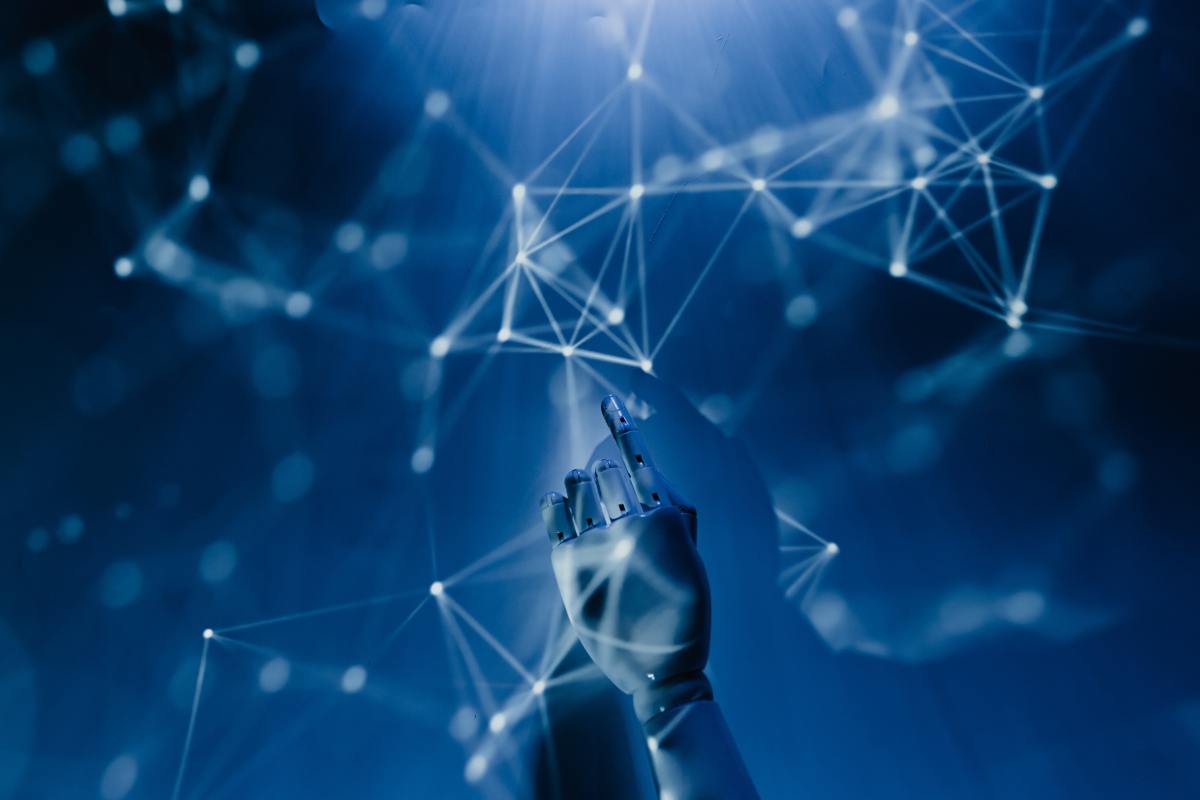It was in 1956 that the term Artificial Intelligence (AI) was coined by John McCarthy, Marvin Minsky and Claude Shannon at the Dartmouth Conference, a conference where predictions so optimistic were made that they never came true. Today, having vastly surpassed those forecasts, AI is an indispensable part of our world.
The applications of Artificial Intelligence are increasingly numerous and surprising, ranging from sophisticated recommendation algorithms for online shopping to improved diagnosis and treatment of diseases.
No economic sector or social sphere escapes its influence. Innovation in this field is advancing by leaps and bounds, making it possible for us to live in an increasingly automated society.
Success stories
A clear example of the use of AI in the home is virtual assistants, which have become a well-known success story: Aura (Telefónica), Alexa (Amazon) Cortana (Microsoft) and Siri (Apple) are spectacular technological developments.
If the user asks Aura what the traffic is like in the area, the system transfers the request to the cloud, and then sends it to another service that detects the user’s intention. Once it finds the appropriate information in a database, the system converts the response into speech to reply to the user. In just a few seconds and with remarkable precision.
There are many examples: lights that turn on automatically, machines that detect air pollution and activate filters and platforms that direct us to services of interest based on our previous search history.
Types of AI and applications
There are currently a large number of applications for this technology, and only time will tell how far they can go. The following are some of them according to the European Commission:
- Software: virtual assistants, image analysis software, search engines, voice and face recognition systems.
- Integrated Artificial Intelligence: robots, drones, autonomous vehicles, the Internet of Things
- Online shopping and advertising: personalised recommendations for consumers are generated based, for example, on their previous searches and purchases or on other online behaviour. This highlights its importance in trade, for product optimisation, inventory planning, logistical processes, etc.
- Web search: search engines learn from the information provided by users to deliver relevant search results.
- Personal digital assistants: smartphones are widely used. The use of virtual assistants to answer questions, give recommendations and help organise their owners’ routines has become widespread.
- Machine translation: language software, for written and spoken text, relies on artificial intelligence to provide and improve translations. This also applies to functions such as automatic subtitling.
- Smart homes, cities and infrastructure: smart thermostats learn from user behaviour in order to save energy, while Smart Cities managers will be able to regulate traffic to improve connectivity and reduce jams
- Vehicles: although self-driving vehicles are not yet widespread, cars already use AI-based safety features. For example, the EU helped fund the VI-DAS vision-based driving assistance system, which detects potential dangerous situations and accidents.
- Cybersecurity: Artificial intelligence systems help recognise and fight cyber-attacks and other online threats based on the data they continuously receive, recognising patterns and preventing attacks.
- Combating misinformation: Some applications can detect fake news and misinformation by extracting information from social networks, searching for sensational or alarming words and identifying which online sources are considered authoritative.
New horizons for Artificial Intelligence
The use of this technology is intended to transform almost all aspects of life and the economy in the medium term.
- Health: Researchers are looking to improve AI’s ability to analyse large amounts of health data in order to find patterns that could lead to medical discoveries and improve individual diagnoses. A good example is the KConnect programme, co-funded by the EU, which is developing multilingual search and text services that help people find the most relevant medical information available.
- Transport: Improving the safety, speed and efficiency of rail, air and road traffic concerning aspects such as speed optimisation and autonomous driving.
- Productive sector: The aim is to make European companies more efficient. The EU co-funded research project SatisFactory uses collaborative augmented reality systems to increase job satisfaction in “smart factories.”
- Food and agriculture: AI can be applied in the creation of a more sustainable and healthier food system by minimizing the use of fertilizers, pesticides and irrigation; improving productivity and reducing environmental impact.
